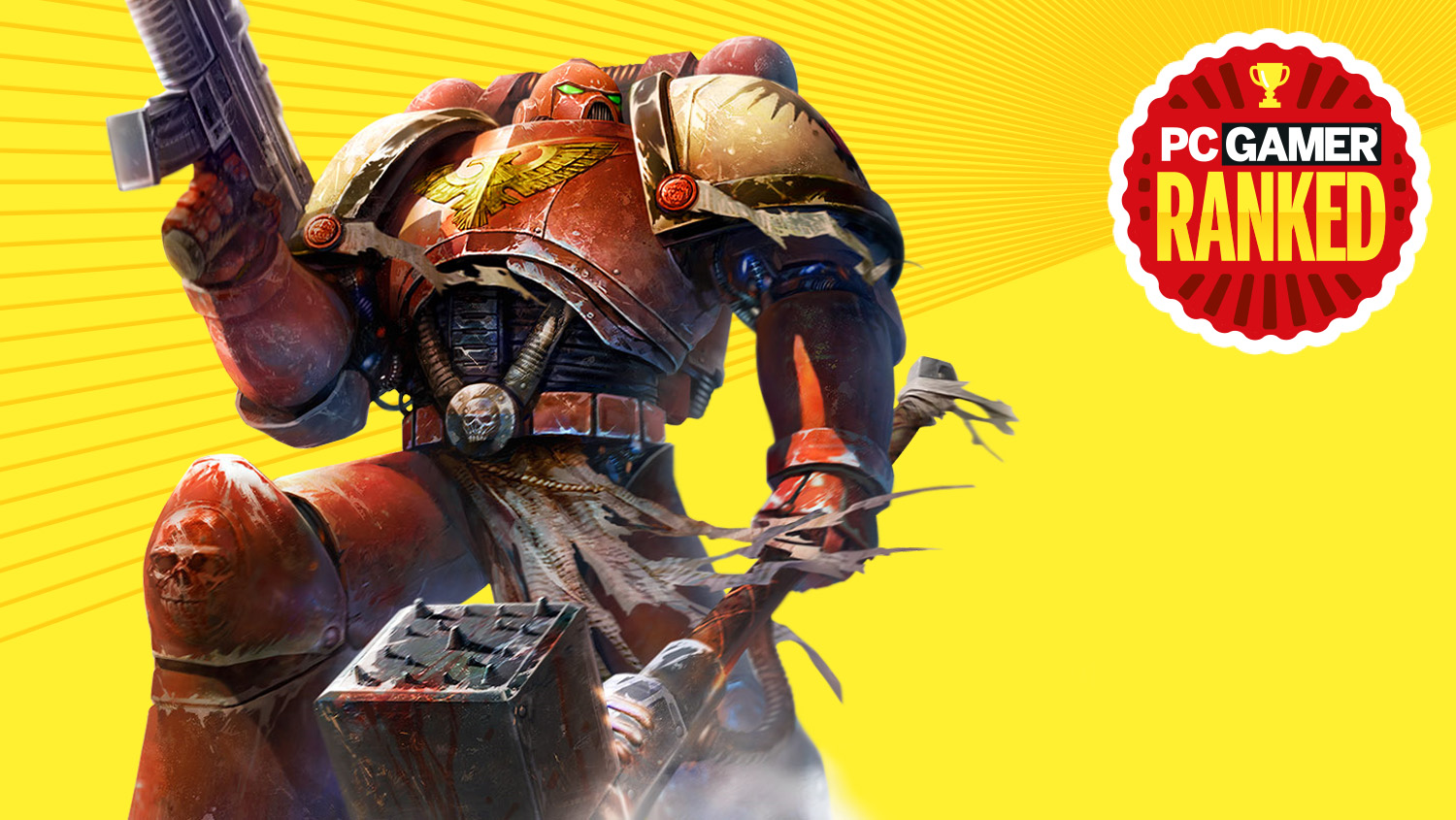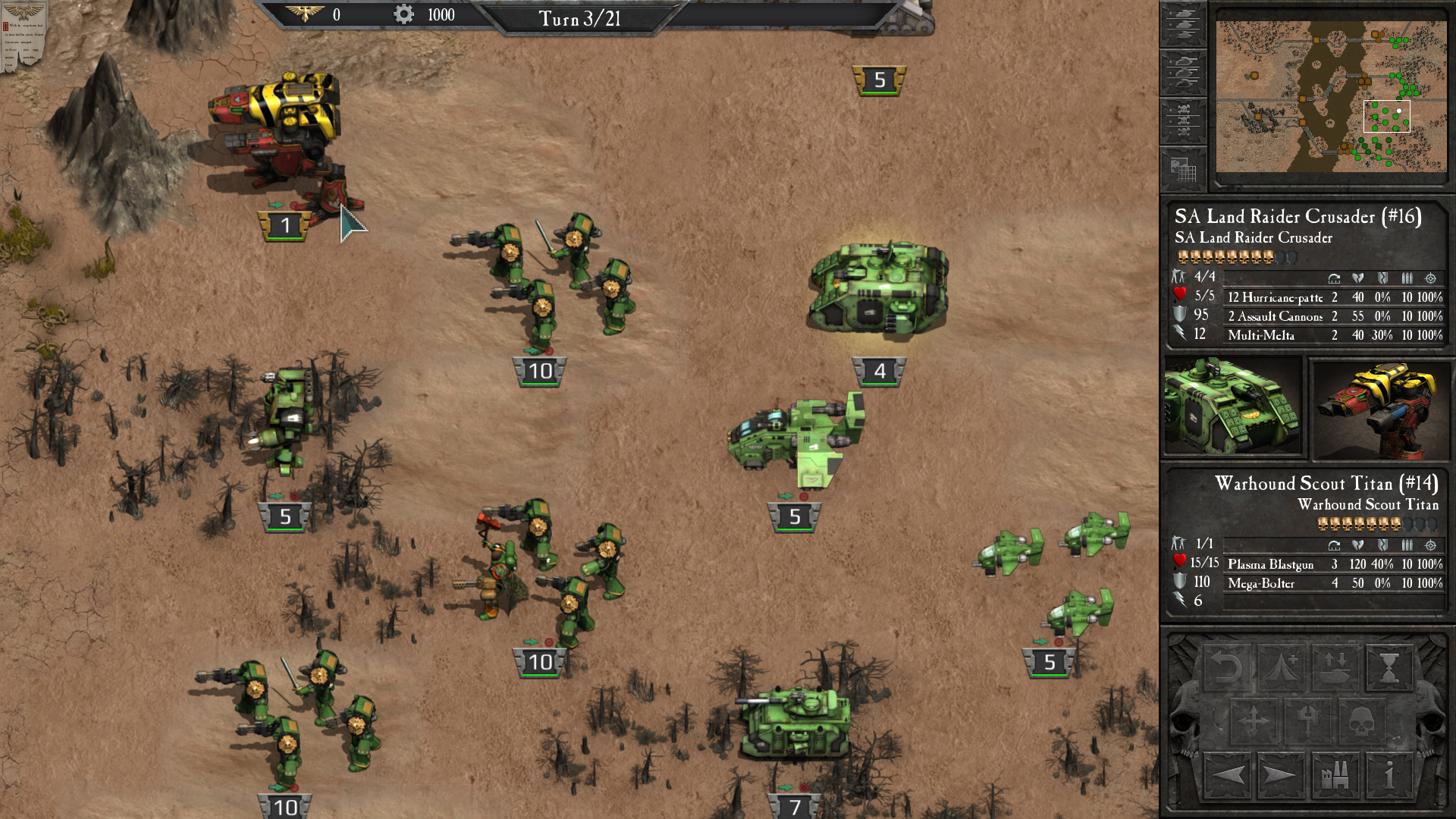

WARHAMMER 40K GAMES FULL
Dawn of War was passed carefully and thoughtfully through a pitch-perfect sieve of 40K-ification – adding just enough lore-appropriate flavour to sate players with a shelf full of lovingly painted Dark Angels right above their monitor, but not so much as to confuse others, or bog down the game’s inherent strengths as a fast-paced, aggressive RTS.

Holy Throne: Read our guide to 40K’s Imperium factionsĪnd, more importantly than all of that – it got the feel right. This game, like its tabletop counterpart, wanted you to leave the admin at home, get out there, and make war. Base-building is lightweight, strongly focused on unlocking military units and upgrades. Resources come from taking and holding battlefield strongpoints, not faffing with ancillary farmer units. Each click produces a neat squad of infantry, for example, instead of individual figures that have to be cursor-lassoed together. Where developer Relic struck gold was in the ways it simplified and streamlined those mechanics. You build a base (town centre, barracks, tech up, oh my), you train units, you march them at the enemy and, if you play your rock-paper-scissors right, you eventually kick over their sci-fi sandcastle and jubilantly hammer ‘GG’ into the chat box. It’s a lot like any other late-nineties, early-noughties RTS. Which is interesting, because it wasn’t, in its time, particularly revolutionary. That conceptual purity (along with a generous glug from Warhammer fans’ nigh-inexhaustible reservoirs of nostalgia) gives the game a perpetual, ineffable shine of authenticity, and a whiff of historic grandeur.
WARHAMMER 40K GAMES PC
When they look back at Dawn of War, it’s as a much-missed, pre-eminent paragon of the classic base-building RTS era, standing shoulder to shoulder with PC strategy demigods like Starcraft 2 and Age of Empires 2, now increasingly lost in an avalanche of MOBAs and roguelike hybrids. When critics reflect on Dawn of War II, it’s as an experimental, genre-mixing sequel which reached great heights, but turned some players off. Over the years, 40k fans desperate to experience their beloved war-torn future in digitised form have received a precious few shining, darling games that they (by which I mean we) keep coming back to year after year.Īnd, as Games Workshop has recovered vigorously from its business slump ten years ago to become an eye-wateringly profitable entertainment juggernaut, the envy of CEOs the world over, several more such successful videogame forays into the 41st millennium have emerged, which absolutely deserve your time, (minimal) money and hard drive space.ĭawn of War stands shoulder to shoulder with demigods like Age of Empires 2 and Starcraft 2 But that, dear reader, is not to say there were no diamonds in the grimdark galactic rough. To put it undiplomatically, a lot of them have been catastrophic, smoking dumpster fires, crippled by misbegotten concepts, uncomprehending publishers, short-changed budgets, confused mechanics, and jarring lore inconsistencies. In the 33 years that Warhammer 40,000 has been filling dining room tables with green-skinned cockney aliens and colourful, massive-shouldered Space Marines, the setting has generated at least 50 digital game adaptations (including, latterly, a few mobile offerings) and the vast majority of those – to put it diplomatically – have not managed to capture the magic of the tabletop game or its deep fiction. Warhammer 40k computer games get a bad rap.


 0 kommentar(er)
0 kommentar(er)
